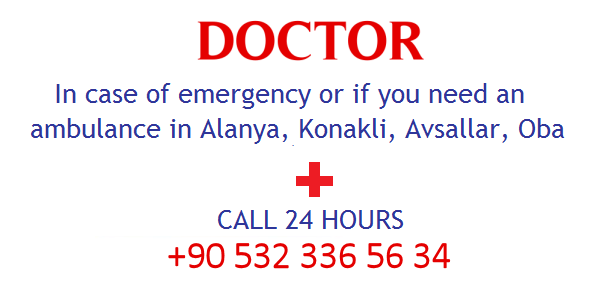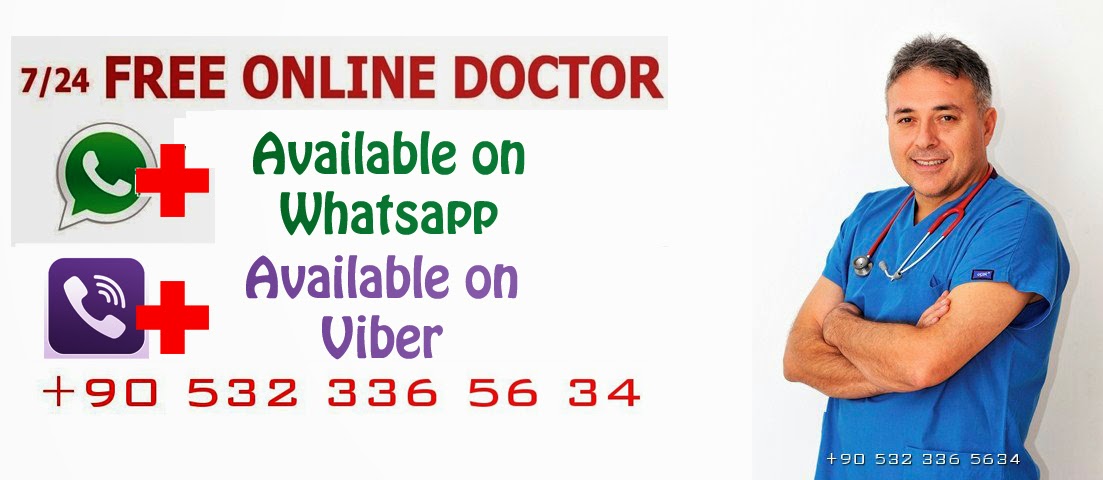SUN STROKE(HEAT STROKE):
Heat stroke, also known as sunstroke, is a serious medical condition, a medical emergency, when the body’s temperature rises too high as a result of excessive heat exposure. The body loses its ability to cool itself and overheats.
When a person’s body temperature is higher than 40.6°C and this is caused by environmental heat exposure with poor thermoregulation (temperature control), they have a heat stroke.
Heat stroke is not a fever, where the body deliberately raises its temperature in response to, for example an infection.
There are three levels of heat emergencies – heat cramps, heat exhaustion and heat stroke, with heat stroke being the most severe and life-threatening.
The signs and symptoms :
What is the difference between a sign and a symptom? A symptom is felt by the patient and described to those around him or her, for example pain. A sign can be detected by others, for example, a skin rash.
Unlike the symptoms of heat exhaustion, which can develop rapidly, heat stroke signs and symptoms generally develop over several days, especially among elderly individuals and people with chronic health problems.
Heatstroke can develop rapidly in severe conditions and situations with extreme physical exertion (exertional heatstroke), especially if the person becomes dehydrated. Exertional heat stroke tends to affect young, physically active people more than sedentary or older individuals.
The signs and symptoms of heat stroke may include:
A high temperature – temperature higher than 104°F (40°C). Heat stroke may be diagnosed at lower temperatures. Also, some people may reach these temperatures and never develop heatstroke.
Profuse sweating that abruptly stops – when the body cannot sweat any more, as may happen in cases of severe dehydration, the skin will become dry. Without perspiration the body has no way of cooling itself.
Accelerated (weak) heartbeat.
Hyperventilation. – rapid breathing, shallow panting.
Muscle cramps.
The skin becomes hot, dry and red.
Nausea.
Vomiting.
Dark urine.
As the nervous system becomes affected, the following symptoms may emerge:
Confusion
Coordination problems
Seizures (fits)
Vertigo, dizziness, lightheadedness – a sensation of spinning or moving when standing (vertigo)
Restlessness
Hallucinations
Irrational behavior
Loss of consciousness.
If you think somebody has heat stroke, call the emergency medical services. The numbers are: +905323365634,+902425653834

What are the causes of a heat stroke?
When the body is unable to cool itself and it begins to overheat, heat stroke is a likely complication.
The human body controls its core temperature (body temperature) by maintaining a tight balance between heat gain and heat loss.
While we are resting normal core temperature ranges between 36.5°C and 37.5°C .The hypothalamus, a part of the brain, regulates our core temperature. The hypothalamus is sometimes called the body’s thermostat.
There are several temperature receptors located in different parts of the body, to which the hypothalamus responds by making physiological adjustments to make sure the core temperature is constant. For example, temperature receptors in the skin tell the hypothalamus it is hot, which tells the sweat glands to produce more sweat.
When we do exercise, thermoregulation (temperature control) is a continuous challenge. Metabolism produces heat. The human body is not that efficient – 75% of our energy is lost in heat. During exercise, our core temperature can rise rapidly.
Our bodies have several ways of maintaining thermoregulation.
The human body can be cooled down in the following ways:
Radiation – heat radiates out of our body in the same way it radiates our of a fire.
Convection – when cool air or water crosses the skin the body is cooled.
Conduction – an object that is at a lower temperatures than our body temperature comes into direct contact with our skin – it conducts (draws out) heat from our body.
Evaporation – our bodies produce sweat, as the sweat evaporates it takes body heat with it.
Sweating
The normal temperature of the skin is 32°C -34°C. Any outside temperature above those ranges will result in the skin producing more sweat to cool the body down.
The following situations, can undermine the body’s ability to thermoregulate through sweating:
Dehydration – excessive loss of water from the body.
Wrong clothing – for sweat to evaporate and take heat with it, the skin must have contact with air. Tight clothing undermines sweat’s ability to evaporate, so the body cannot cool down properly.
High humidity – the higher the atmospheric humidity, the slower water evaporates. In other words, when it is humid sweating is less effective in cooling down the body. The problem is compounded if it is very humid and there is no breeze.
The two types of heatstroke, which tend to affect different population groups, are:
Classic heat stroke – more likely to occur during a heat wave or very hot weather. Babies, seniors and patients with chronic health conditions are more susceptible to classic heat stroke than the rest of the population.
The hypothalamus in elderly individuals and those with chronic conditions and illnesses does not work as well as it should in regulating body temperature.
Babies sweat less than older people, they are also more vulnerable to the effects of dehydration.
Exertional heat stroke – occurs as a result of physical exertion, strenuous and sustained exercise in a hot environment. Exertional heat stroke tends to affect younger people more, especially athletes, firefighters and military personnel.
Medications that raise the risk of heat stroke
Several medications can affect how the body regulates its core temperature, thus increasing the risk of heat stroke.For medication please call doctor in Alanya konaklimedical +905323365634 or visit alanyadoctorcall.com.

Insect and Spider Bites and Stings
What to do if you get bit?
- If you get bit from these insects, remain as calm and quiet as possible. Agitated motion will increase the spread of venom in the bloodstream.
- If you have been stung by a bee and the stinger is still in the skin, remove the stinger.
- For stings or bites on the arm or leg, lower the limb at the time of the incident to slow the spread of venom. If swelling is present, elevate the limb and ice the area to help reduce swelling.
- Some people can suffer from severe allergic reactions due to insect bites. Call the doctor for Konakli, Avsallar, Okurcalar, Oba, Alanya (24 hours – 00905323365634 – Emergency via Whatsapp or Viber also free) if symptoms include difficulty in breathing, swelling of lips, tongue, eyelids and mucous membranes, light-headedness, nausea, and hives. These reactions can be serious and require immediate medical care!

Stiche und Bisse von Insekten oder Spinnen
Was ist zu tun, wenn Sie gebissen wurden?
- Wenn Sie von diesen Tieren gebissen wurden, bleiben Sie so ruhig wie möglich. Hektische Bewegungen verstärken die Ausbreitung des Giftes in den Blutbahnen.
- Wenn Sie von einer Biene gestochen wurden und der Stachel noch in der Haut steckt, entfernen Sie diesen.
- Bei Stichen oder Bissen in den Armen oder Beinen senken Sie diese, um die Ausbreitung des Giftes in die Blutbahn zu verlangsamen. Bei Schwellungen lagern Sie die betroffene Region hoch und kühlen Sie sie mit Eis, um die Schwellung zu reduzieren.
- Manche Menschen reagieren allergisch auf gewisse Insektenstiche. Rufen Sie schnellstmöglich den Arzt für Konakli, Avsallar, Okurcalar, Oba und Alanya (rund um die Uhr – 0090 532 336 56 34 – auch über WhatsApp und Viber verfügbar). Symptome dafür sind zum Beispiel Atembeschwerden, geschwollene Lippen, Augenlider, Schleimhäute oder Zunge, Benommenheit, Übelkeit oder Ausschläge. Diese Reaktionen können gefährlich werden und erfordern unverzüglich medizinische Hilfe!